Intro
Effective Plantar Wart Removal Treatments include cryotherapy, salicylic acid, and laser therapy, offering relief from painful foot warts, verrucas, and foot lesions, promoting healthy skin and foot care.
Plantar warts are a common and often painful problem that can affect anyone, regardless of age or health status. These warts appear on the soles of the feet and can cause discomfort, pain, and embarrassment. The importance of treating plantar warts cannot be overstated, as they can significantly impact daily life and overall well-being. In this article, we will delve into the world of plantar wart removal treatments, exploring the various options available, their benefits, and what to expect from each.
The prevalence of plantar warts is a significant concern, with many people experiencing them at some point in their lives. The human papillomavirus (HPV) is the primary cause of plantar warts, and it can be spread through skin-to-skin contact or by walking barefoot in public areas. Understanding the causes and risk factors associated with plantar warts is crucial in preventing and treating them effectively. As we explore the various treatment options, it's essential to keep in mind that early intervention is key to successful removal and preventing the warts from spreading.
Plantar warts can be challenging to treat, but there are various options available, ranging from home remedies to surgical procedures. The choice of treatment depends on the size, location, and severity of the wart, as well as the individual's overall health and preferences. Some people may prefer to try over-the-counter treatments or home remedies, while others may require more aggressive treatment from a healthcare professional. Regardless of the chosen treatment, it's essential to be patient, persistent, and committed to the removal process.
Understanding Plantar Warts
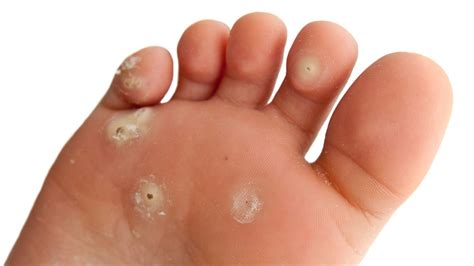
Causes and Risk Factors
The causes and risk factors associated with plantar warts are essential in understanding how to prevent and treat them. Some of the most common causes and risk factors include: * Walking barefoot in public areas, such as pools or locker rooms * Sharing personal care items, such as towels or razors * Having a weakened immune system * Engaging in activities that involve skin-to-skin contact, such as wrestling or dancing * Having a history of plantar warts or other types of wartsTreatment Options for Plantar Warts
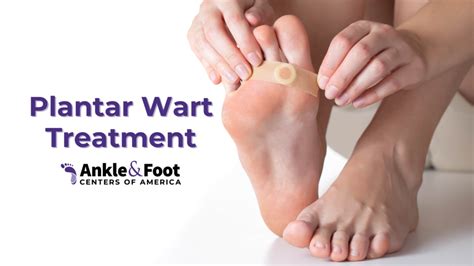
Home Remedies for Plantar Warts
Home remedies can be an effective and affordable way to treat plantar warts. Some of the most common home remedies include: * Duct tape: applying duct tape to the affected area for an extended period * Tea tree oil: applying tea tree oil to the affected area to help kill the virus * Garlic: applying garlic to the affected area to help kill the virus * Aloe vera: applying aloe vera to the affected area to help soothe and calm the skinMedical Treatments for Plantar Warts
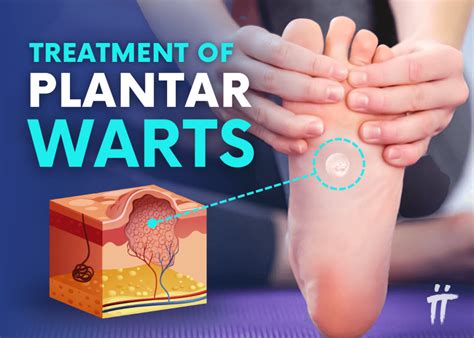
Benefits and Risks of Medical Treatments
Medical treatments for plantar warts can be effective, but they also come with benefits and risks. Some of the benefits include: * Quick and effective removal of the wart * Minimal scarring or discomfort * Reduced risk of recurrence Some of the risks include: * Pain or discomfort during or after the procedure * Scarring or infection * Recurrence of the wartSurgical Options for Plantar Warts
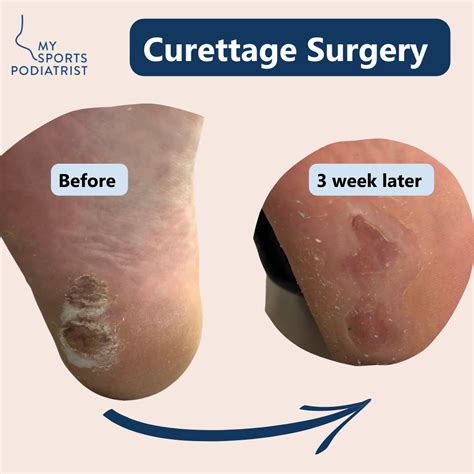
Benefits and Risks of Surgical Options
Surgical options for plantar warts can be effective, but they also come with benefits and risks. Some of the benefits include: * Quick and effective removal of the wart * Minimal scarring or discomfort * Reduced risk of recurrence Some of the risks include: * Pain or discomfort during or after the procedure * Scarring or infection * Recurrence of the wartPrevention and Maintenance
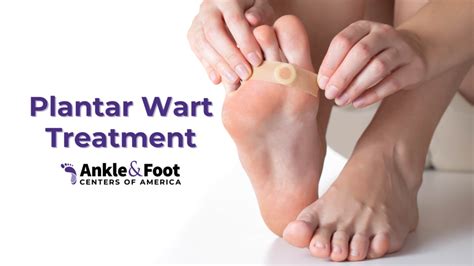
Tips for Maintaining Healthy Feet
Maintaining healthy feet is essential in preventing the recurrence of plantar warts. Some of the most effective tips include: * Washing your feet regularly and drying them thoroughly * Trimming your toenails regularly to prevent ingrown toenails * Wearing shoes that fit properly and are made of breathable materials * Avoiding sharing personal care items, such as towels or razorsWhat are the most common causes of plantar warts?
+The most common causes of plantar warts include walking barefoot in public areas, sharing personal care items, and having a weakened immune system.
What are the most effective treatment options for plantar warts?
+The most effective treatment options for plantar warts include over-the-counter treatments, prescription medications, and surgical procedures.
How can I prevent the recurrence of plantar warts?
+You can prevent the recurrence of plantar warts by practicing good hygiene, avoiding walking barefoot in public areas, and keeping your feet moisturized and healthy.
In conclusion, plantar wart removal treatments are a crucial aspect of maintaining healthy feet and overall well-being. By understanding the causes and risk factors associated with plantar warts, we can take steps to prevent and treat them effectively. Whether you prefer home remedies, medical treatments, or surgical options, there are various ways to remove plantar warts and prevent their recurrence. We encourage you to share your experiences and tips for removing plantar warts in the comments below. Additionally, if you have any questions or concerns about plantar wart removal treatments, please don't hesitate to reach out to a healthcare professional for guidance and support.
